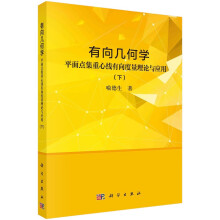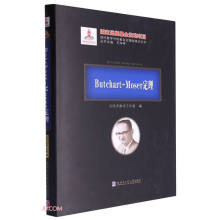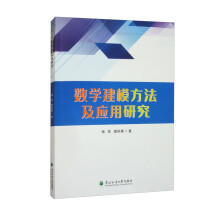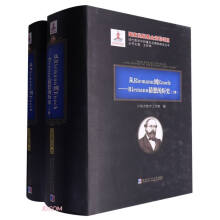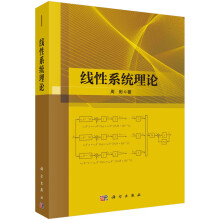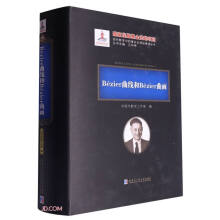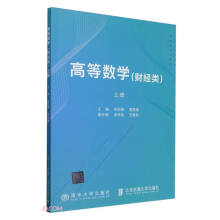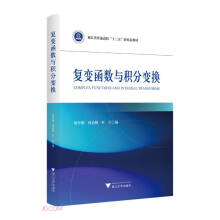Preface
About the Author
1 Introduction to Finite Element Method and Matrix Analysis of Truss
1.1 Introduction to Finite Element Method
1.2 Truss Analysis Overview
1.3 Stiffness Matrix of Horizontal Bar Element
1.4 Stiffness Matrix oflnclined Bar Element
1.5 Coordinate Transformation
1.6 Nodal Equilibrium Equation and Global Stiffness Matrix
1.7 Treatment ofBoundary Conditions
Bibliography
2 Plane Problems in Theory of Elasticity
2.1 Discretization ofContinuous Medium
2.2 DisplacementFunction
2.3 Element Strain
2.4 InitiaIStrain
2.5 ElementStress
2.5.1Isotropic Body: Plane Stress
2.5.2Isotropic Body: Plane Strain
2.5.3 AnisotropicBody
2.6 Equivalent Nodal Force and Element Stiffness Matrix
2.7 NodalLoads
2.7.1 Equivalent Nodal Loads of Distributed Boundary Forces
2.7.2 Nodal Loads ofUniform Volume Force
2.7.3 Nodal Loads Due to Potential ofVolume Force
2.7.4 Nodal Loads Caused by Initial Strain
2.8 Nodal Equilibrium Equation and Global Stiffness Matrix
2.9 Establish the Global Stiffness Matrix by the Coding Method
2.10 Calculation Example
2.10.1 Stress Concentration near the Circular Hole
2.10.2Stress Analysis ofl Beam with a Hole in Web
2.10.3 Stress Analysis ofthe Concrete Gravity Dam
Bibliography
3 ElementAnalysis
3.1 Principle ofVirtual Displacement
3.2 ElementDisplacement
3.3 Element Strain and Stress
3.4 Nodal Force and Element Stiffness Matrix
3.5 NodaILoad
3.5.1 Distributed Volume Force
3.5.2 Distributed Surface Force
3.5.3 Initial Strain and Initial Stress
3.6 Application Examples of the Principle of Virtual Displacements: Beam Element
3.7 Strain Energy and Complementary Strain Energy
3.8 Principle ofMinimum PotentiaIEnergy
3.9 Minimum Complementary Energy Principle
3.10 Hybrid Element
3.11 Hybrid Element Example: Plane Rectangular Element
3.12 Mixed Energy Principle
3.13 Composite Element
Bibliography
4 GlobaI Analysis
4.1 Nodal Equilibrium Equation
4.2 Application of the Principle of Minimum Potential Energy
4.3 The Low Limit Property ofthe Solution of Minimum Potential Energy
4.4 The Convergence of Solutions
4.5 Analysis of the Substructure
4.5.1 Multiple Substructures
4.5.2 Condensation of the Internal Degrees of Freedom of Substructures
4.5.3 Coordinate Transformatio'n
Bibliography
5 High-Order Element of Plane Problem
5.1 RectangularElements
5.2 Area Coordinates
5.3 High-Order Triangular Element
5.3.16-Node Quadratic Triangular Element
5.3.2 10-Node 3-Order Triangular Element
5.3.3 3-Node 18 DOF Triangular Element
Bibliography
6 Axisymmetrical Problems in Theory of Elasticity
6.1 Stresses Due to AxisymmetricaI Loads
6.1.1 Displacement Function
……
7 Spatial Problems in Theory of Elasticity
8 Shape Function, Coordinate Transformation,Isoparametric Element,and lnfinite Element
9 Comparison and Application Instances of Various Planar and SpatiaI Elements
10 Elastic Thin Plate
……
26 Back Analysis of Engineering
27 Automatic Mesh Generation, Error Estimation, and Auto-adaptation Technique
28 Matrix
29 Linear Algebraic Equation Set
30 VariationaI Method
31 Weighted ResiduaI Method
Appendix A
Appendix B
Index
展开

